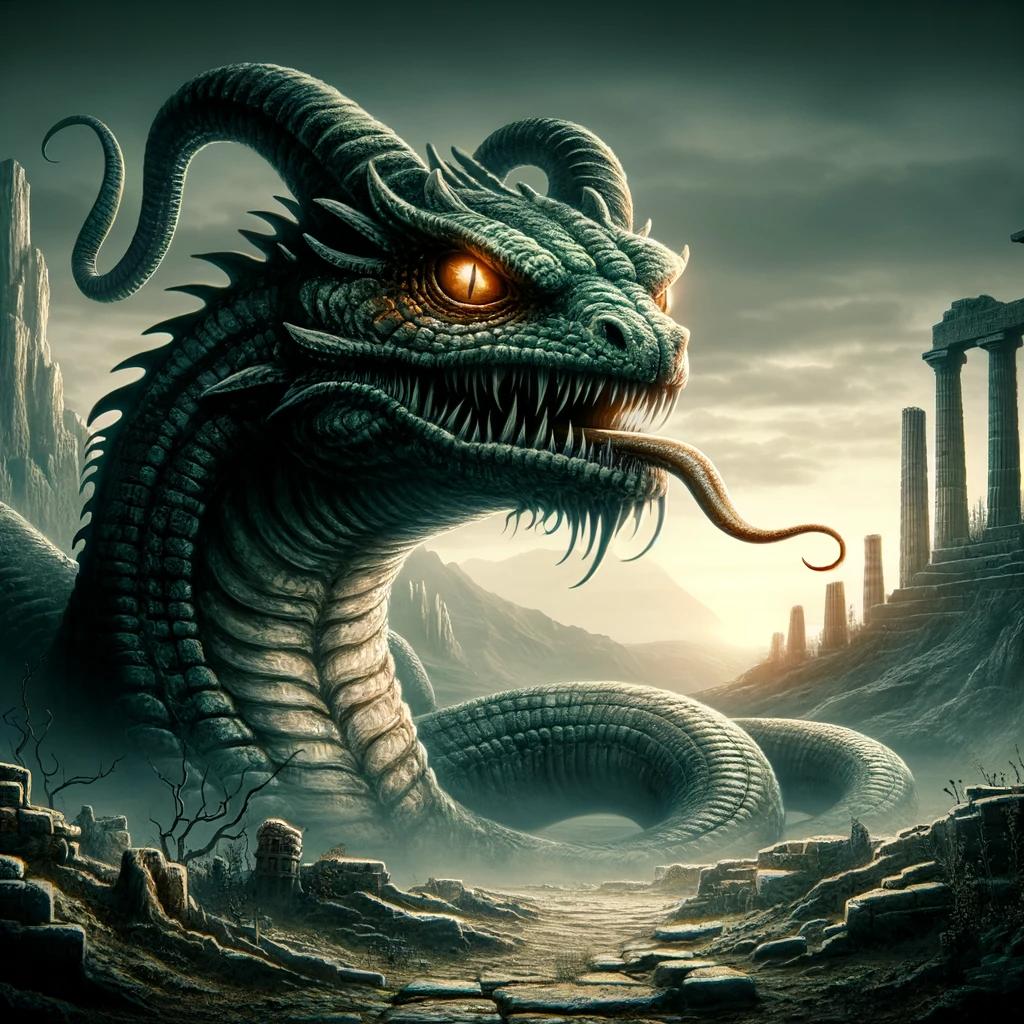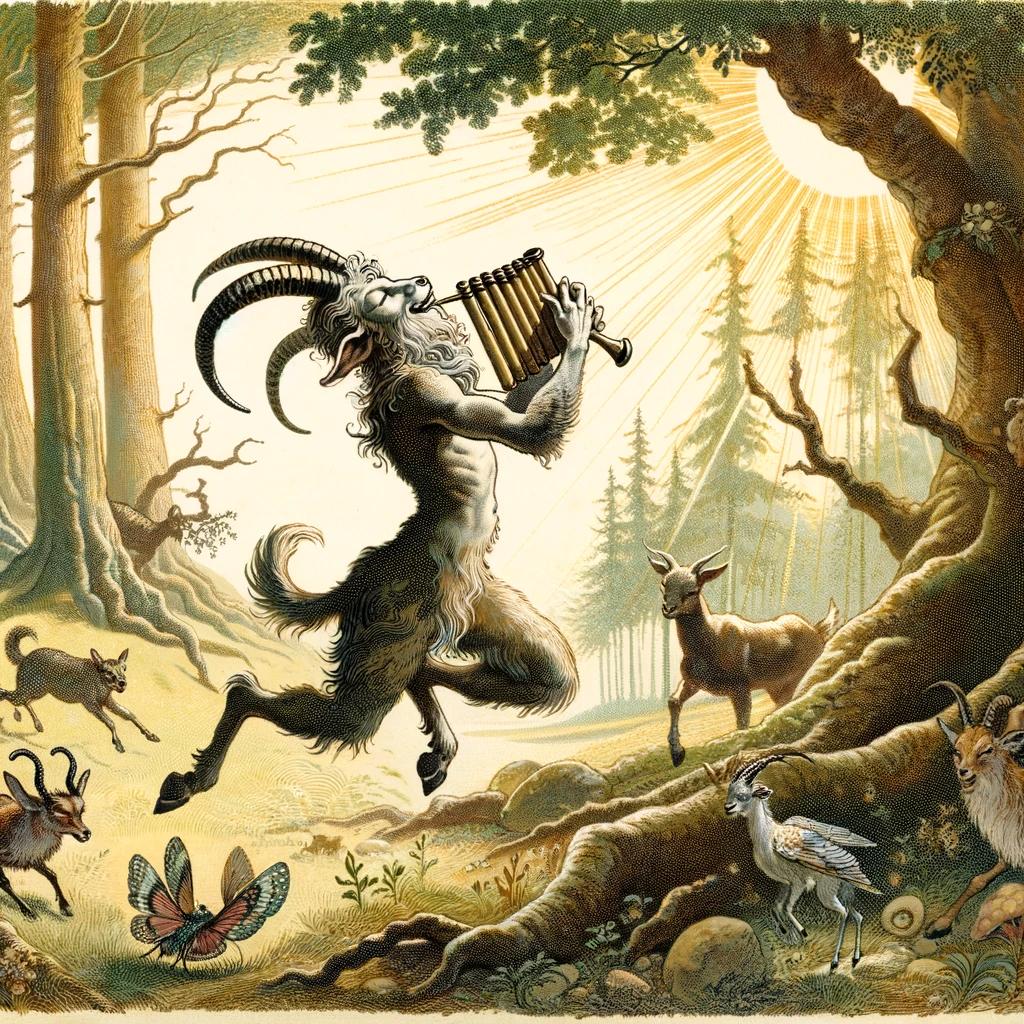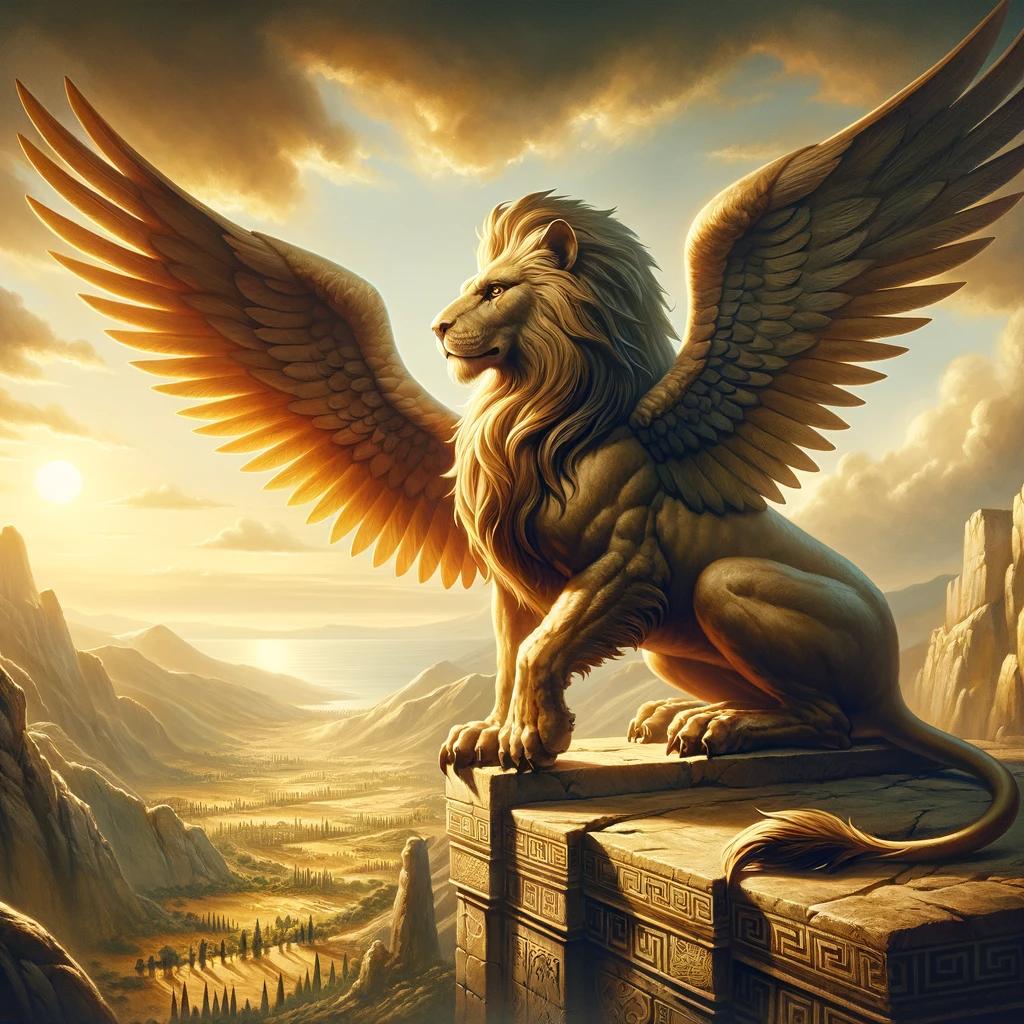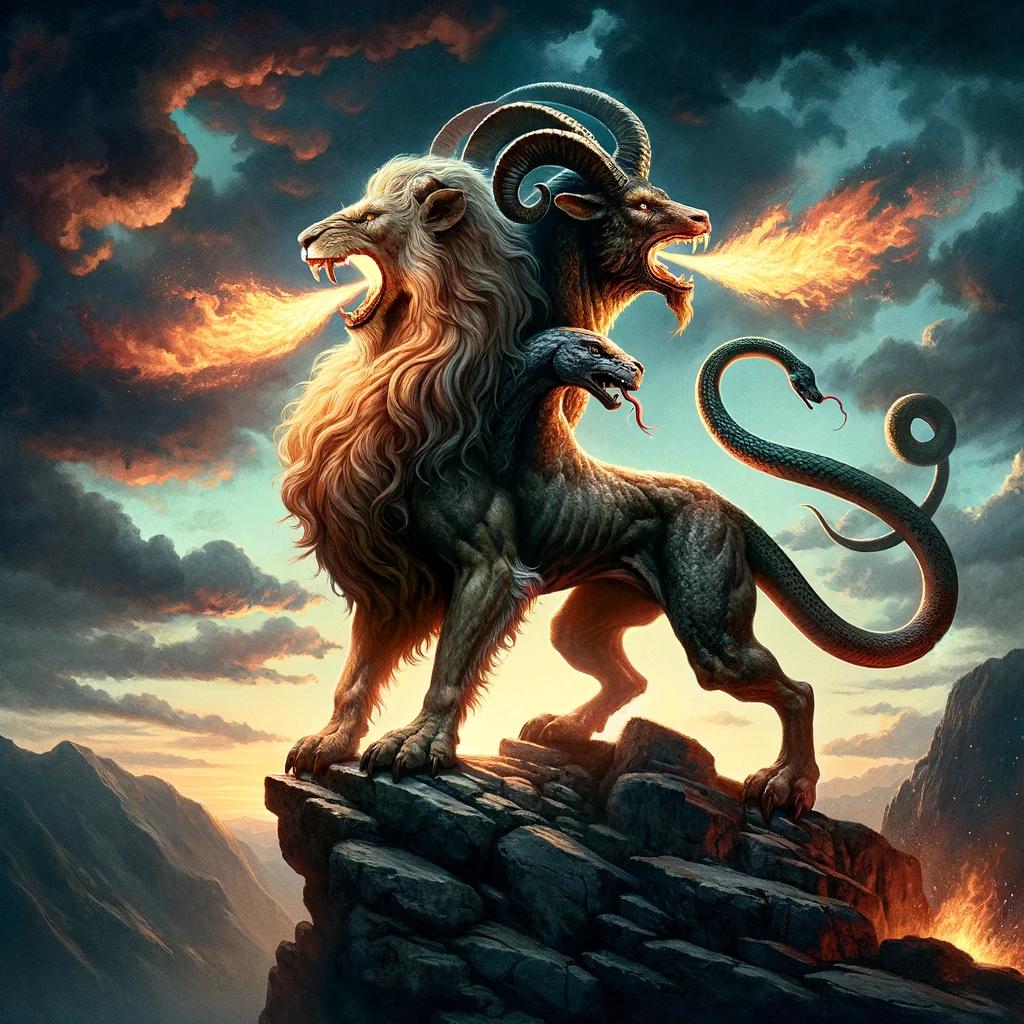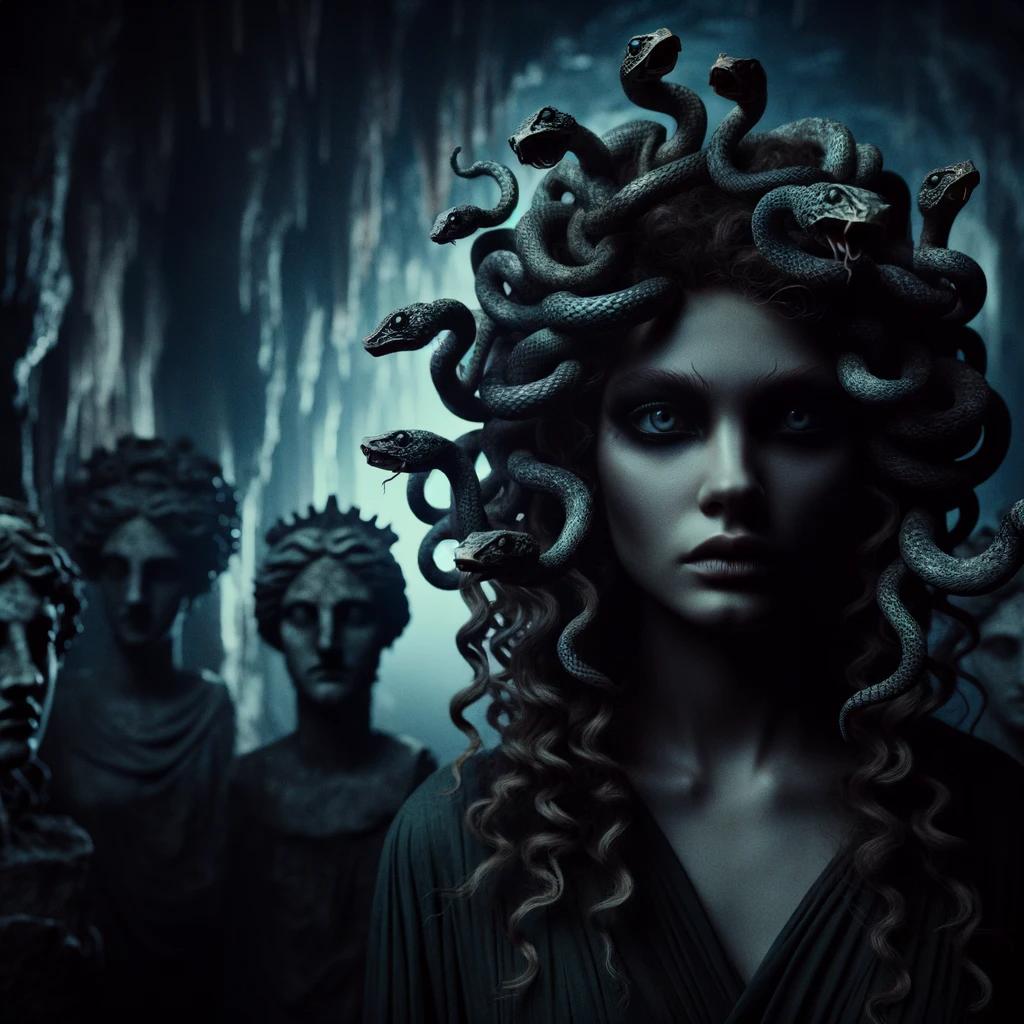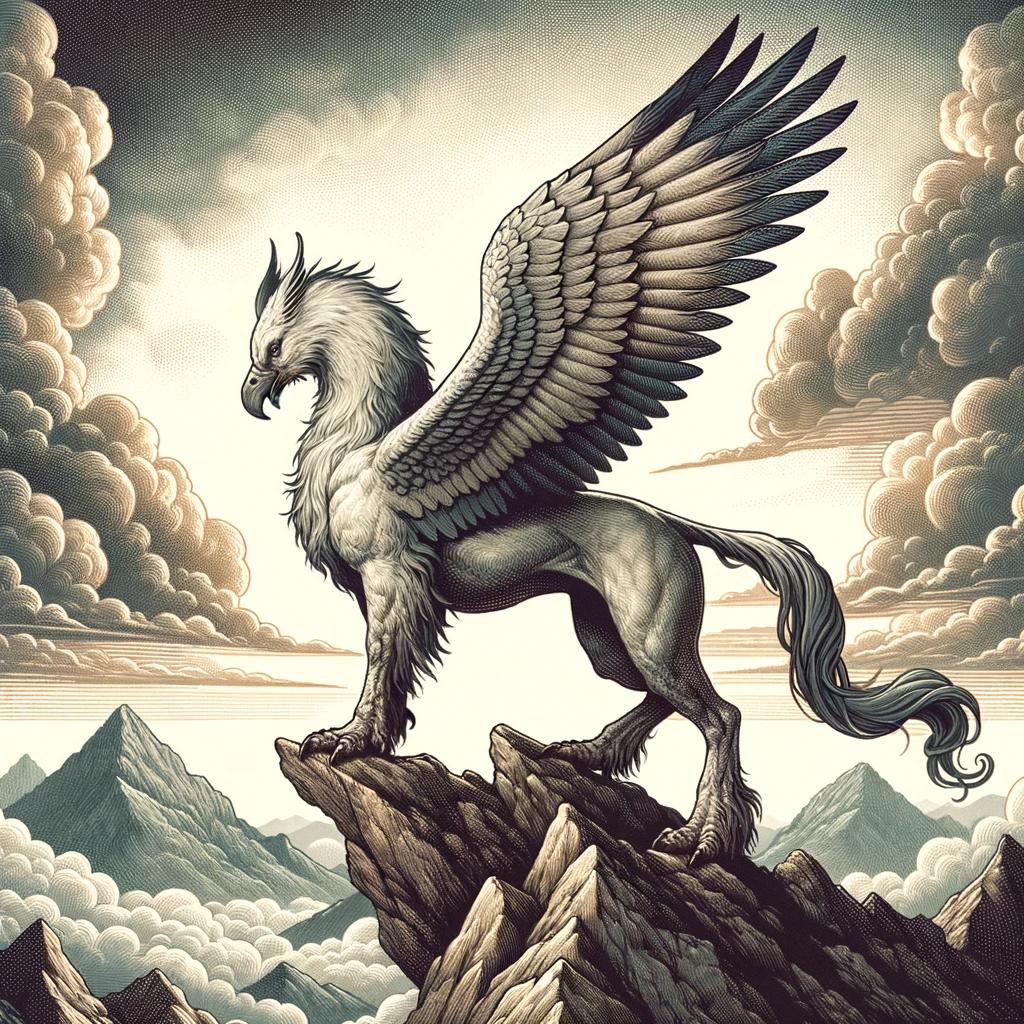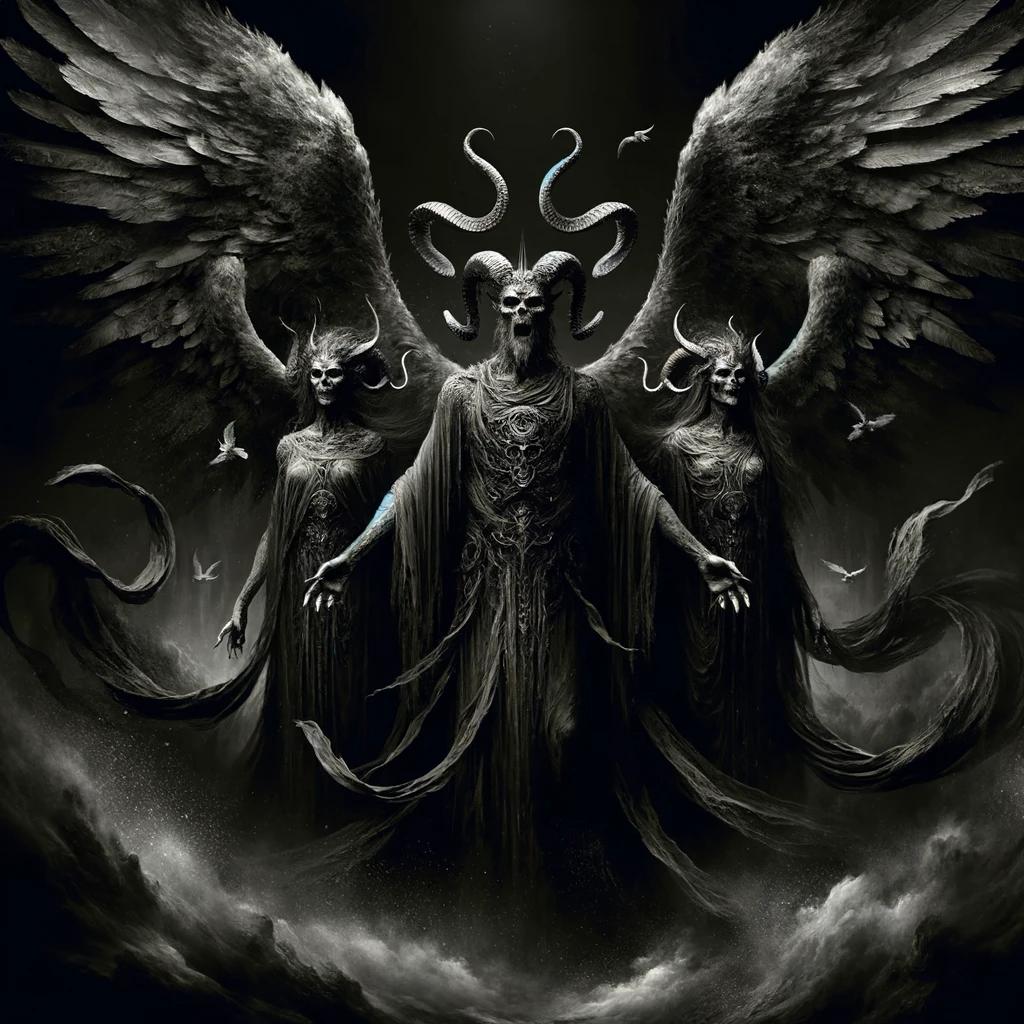Basilisk Greek Mythology: A Deadly Serpent in Greek Folklore

The Basilisk, one of the creatures in Greek mythology, is a deadly serpent believed to cause death to those who gaze into its eyes. It is known as the “king of serpents” due to its crown-like crest on its head.
The basilisk has various lethal abilities, such as killing with its gaze and even spitting fire. In this article, we will explore the legend, mythology, physical characteristics, and cultural significance of the Basilisk, including its presence in Harry Potter and its influence on folklore and Latin/North American culture.
Contents
The Basilisk is a legendary creature that holds a significant place in Greek mythology. It is fascinating to explore the various aspects of this mythical creature, from its legends and role in Greek mythology to its physical characteristics and deadly abilities.
Additionally, the Basilisk’s presence in ancient Greek culture, medieval and Renaissance periods, modern literature, and its symbolic significance in the Harry Potter series further adds to its enduring appeal.
Basilisk Greek Mythology
The Basilisk holds a significant place in Greek mythology, being a creature of legend and fear.
It has long fascinated storytellers and artists alike with its deadly reputation and unique characteristics. In this section, we will explore the legend of the Basilisk, its presence in Greek mythology, and its title as the “King of Serpents.”
The Legend of the Basilisk
The legend of the Basilisk dates back to ancient Greece, where it was believed to be born from the union of a serpent’s egg or toad and a rooster. It was said that this creature possessed a small, venomous body capable of causing instant death to those who dared to meet its gaze.
The Basilisk’s deadly nature led to tales of its ability to leave behind a trail of lethal venom wherever it roamed.
Basilisk in Greek Mythology
Within Greek mythology, the Basilisk is often depicted as a fearsome serpent with a crown-like crest adorning its head. It was hailed as the “King of Serpents” due to its powerful presence and reputed supremacy over others of its kind.
Tales of its monstrous abilities and potent venom spread rapidly, solidifying its fearsome reputation.
Basilisk – The King of Serpents
As the title suggests, the Basilisk is revered as the ultimate ruler among serpents, commanding both respect and fear. Its unique physical features, including the crown-like crest and deadly gaze, distinguish it from other creatures in the mythological realm.
The Basilisk’s status as the “King of Serpents” is a testament to its awe-inspiring power and the terror it instills in those who encounter it.
Basilisk Snake
The Basilisk Snake is a creature of great fascination in Greek mythology. This section explores its physical characteristics, deadly abilities, and natural history and habitat.
Physical Characteristics of the Basilisk
The Basilisk is depicted as a small but venomous serpent with unique characteristics.
It is known for its crown-shaped crest on its head, reminiscent of a king. Some variations of the myth associate it with the head and front legs of a rooster and a reptilian tail.
Basilisk’s Deadly Abilities
The Basilisk is famed for its lethal abilities, believed to kill with a single gaze. Its eyes are said to hold a venomous power that can cause death to anyone who meets its gaze.
In addition, there are accounts that claim the Basilisk can spew fire, adding to its reputation as a fearsome creature.
Natural History and Habitat
The Basilisk’s origins are rooted in the ancient tales of being hatched from a serpent or toad’s egg incubated by a rooster, in a process known as “catholicism.” It is said to inhabit dark and hidden places, such as caves, forests, or underground lairs.
While its existence is mythical, its depiction in various cultures has left a lasting impression on folklore and literature.
With its distinct physical features and lethal abilities, the Basilisk Snake holds a significant place in Greek mythology, captivating imaginations and inspiring tales of awe and fear.
Basilisk Origin and History
The Basilisk holds a significant place in mythology, having a rich history that spans across different periods and cultures. From ancient Greece to modern literature and pop culture, the Basilisk continues to captivate the imagination of people.
Basilisk in Ancient Greek Culture
The roots of the Basilisk legend can be traced back to ancient Greek culture. In Greek mythology, the Basilisk was believed to be born from a serpent’s egg incubated by a rooster or a toad.
It was considered a creature of immense power and associated with chaos and destruction. The Basilisk’s ability to kill with its gaze made it a symbol of fear and death.
Basilisk in Medieval and Renaissance Period
The legend of the Basilisk continued to evolve and gain prominence during the medieval and Renaissance period.
In this era, the Basilisk began to be depicted with features of a rooster, including its head and front legs, combined with a reptilian tail. Its deadly gaze and fiery breath became even more exaggerated in the stories and artwork of the time.
Basilisk in Modern Literature and Pop Culture
The Basilisk’s presence in mythology continued to thrive through modern literature and pop culture. It found its way into various works, from classic novels to contemporary movies. The Basilisk’s depiction has been adapted and reimagined, often invoking the sense of danger and mystery surrounding this mythical creature.
The Basilisk’s origin and history are a testament to the enduring fascination with this fearsome serpent. Its evolution from ancient Greek mythology to its influence in modern literature and pop culture showcases its enduring presence in human imagination.
The Basilisk in Harry Potter
The Basilisk’s Role in Harry Potter
In the Harry Potter series, the Basilisk plays a central and menacing role, particularly in the second book, “Harry Potter and the Chamber of Secrets.” It is revealed that the Basilisk is the creature responsible for petrifying students at Hogwarts School of Witchcraft and Wizardry.
Basilisk’s Appearance and Abilities in the Wizarding World
The Basilisk in Harry Potter is depicted as an enormous serpent, with unmistakable traits such as glowing red eyes and a venomous bite. Its skin is described as scaly and dark, capable of blending seamlessly into its surroundings.
What makes the Basilisk particularly fearsome is its ability to kill with a single gaze, making it a formidable adversary.
Symbolism and Significance in the Series
The Basilisk carries significant symbolism within the Harry Potter series. It is a representation of fear, darkness, and the ancient evil that lurks within the magical world. As the embodiment of Slytherin’s power and legacy, the Basilisk represents the division and danger that can arise when prejudice and hatred are left unchecked.
Basilisk in Folklore and Mythology
Basilisk in folklore and mythology has associations with various other mythological traditions and creatures. It is intriguing to explore the connections and similarities between the basilisk and these mythological beings.
Basilisk in Other Mythological Traditions
The concept of a deadly serpent creature with lethal abilities exists in several mythological traditions worldwide, showing resemblances to the basilisk of Greek mythology:
- India: In Indian mythology, the Naga is a serpentine creature known for its venomous nature and association with water bodies.
Some stories depict the Naga with characteristics similar to the basilisk.
- Chinese mythology: Chinese folklore features the Qiuniu, a creature resembling a lion with a snake tail, capable of unleashing disastrous consequences with its roar.
- Middle Eastern mythology: The Gorgon Medusa, from Greek mythology, has parallels with the basilisk.
Medusa’s gaze could turn individuals into stone, akin to the lethal gaze of the basilisk.
Basilisk and the Cockatrice Connection
The basilisk and the cockatrice are often interrelated and share attributes in various mythological traditions:
- European Folklore: The cockatrice, a creature resembling a rooster with a serpent tail, is often seen as related to the basilisk.
Both creatures possess lethal abilities and are depicted as fearsome and dangerous.
- Medieval and Renaissance Period: During this era, depictions of the basilisk and cockatrice became intertwined, with both creatures sharing similar features and deadly traits.
They were often portrayed as enemies, engaged in mythical battles.
- Symbolism and Allegory: The basilisk and cockatrice, individually or combined, have been used in medieval heraldry and literature as powerful symbolic representations, signifying danger, evil, and the triumph of good over evil.
Exploring the connections between the basilisk and other mythological traditions, as well as its association with the cockatrice, deepens our understanding of this formidable creature’s significance in folklore and mythology.
Basilisk in Latin and North American Culture
Latin literature and art have often featured the legend of the basilisk, captivating audiences with its deadly nature and mythical attributes. In the works of ancient Roman writers such as Pliny the Elder and Ovid, the basilisk is portrayed as a fearsome creature capable of killing with just a glance.
It has been depicted in various forms of visual art, sculptures, and mosaics, highlighting its significance in Latin culture.
Basilisk in Latin Literature and Art
In Latin literature, the basilisk plays a prominent role as a symbol of danger and evil. Its presence is seen in epic poems like Virgil’s “Aeneid,” where it represents a formidable obstacle that heroes must overcome.
Artists during the Renaissance era, inspired by these literary works, created stunning depictions of the basilisk in their paintings, showcasing its deadly gaze and reptilian features. The basilisk continues to be a captivating subject in Latin literature and art, perpetuating its mythical allure.
Basilisk’s Influence on North American Folklore
As tales of the basilisk spread throughout history, the creature found its way into North American folklore. Influenced by European myths and legends, the basilisk became a part of the vibrant storytelling traditions of Native American tribes.
In their tales, the basilisk embodied the power of nature and served as a cautionary figure, warning against the dangers of arrogance and pride. These stories contributed to the rich tapestry of North American folklore, intertwining with local beliefs and legends.
.

